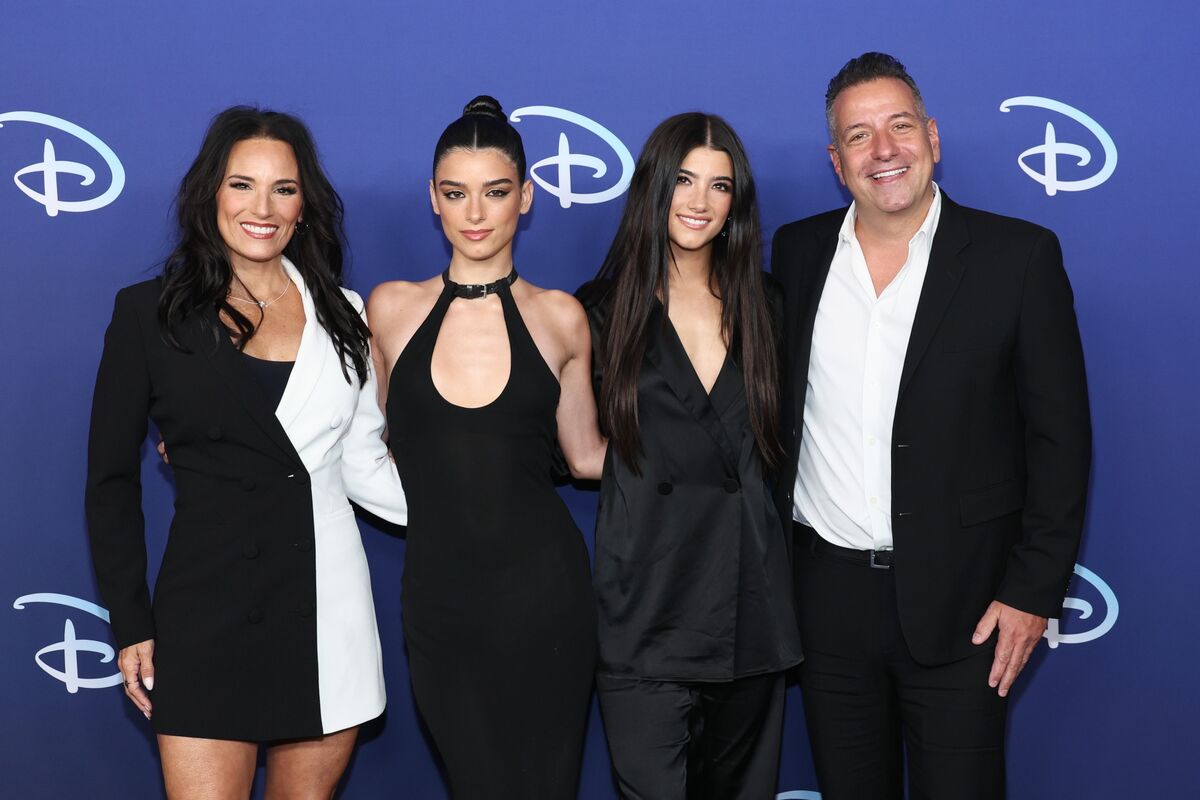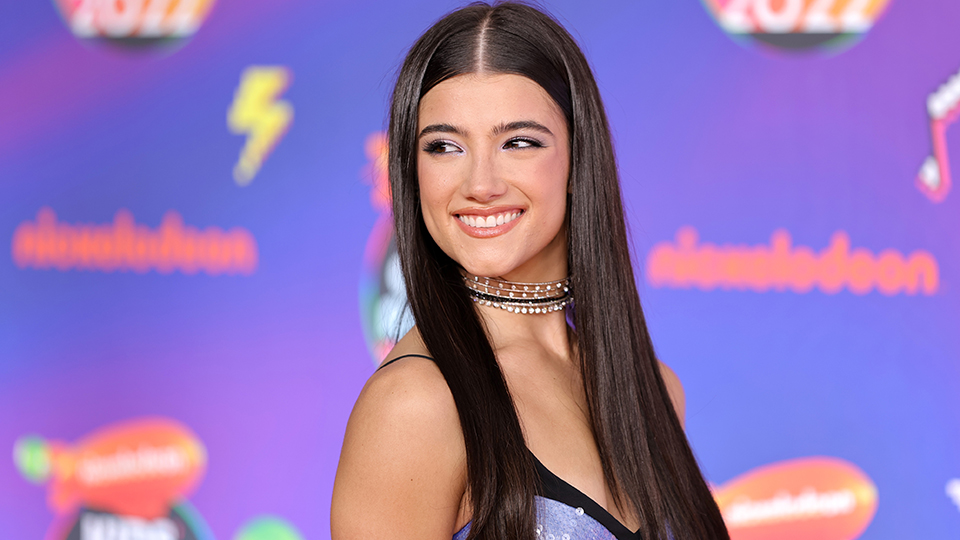Analysis of “DAmelio Brands”: The Business Holding Defining Charlis Financial Future
The modern economy of celebrity entrepreneurship is defined as much by brand architecture and corporate structure as by viral content. In the case of DAmelio Brands, the family-led holding company created around the fame of Charli and Dixie DAmelio, the enterprise functions as a corporate vehicle that translates social attention into diversified revenue streams. This analysis of “DAmelio Brands”: The Business Holding Defining Charlis Financial Future explores the firms business model, revenue composition, valuation considerations, and the macroeconomic risks and opportunities that shape Charlis ongoing income profile.
What is DAmelio Brands? A business-holding perspective
At its core, DAmelio Brands operates as a holding company that aggregates consumer-facing product lines, media ventures, strategic partnerships, and licensing deals. Instead of a single operating company, the holding approach enables:
- Portfolio diversification across products and services (e.g., food/snack brands, beauty lines, apparel, media production).
- Separate risk profiles per subsidiary, isolating liabilities and enabling differential investment or divestment decisions.
- Scalable licensing and partnership agreements without direct operational burdens for every niche.
For an investor or analyst, the critical feature is that the holding structure converts intangible cultural capital — follower counts, content virality, and celebrity endorsement power — into quantifiable cash flows, equity stakes, and IP assets.
Revenue model decomposition: How the holding monetizes influence
Primary revenue streams
- Product sales: Proprietary brands such as snacks or cosmetics sold via e-commerce and retail partners.
- Licensing and royalties: Third-party manufacturers pay for the right to use the DAmelio marks on goods.
- Content and media production: Ad revenue, platform deals, and studio partnerships for shows and short-form content.
- Endorsements and paid promotions: Sponsored social posts, ambassador deals, and cross-promotions.
- Equity stakes: Minority positions in joint ventures and startups created or incubated by the holding.
Quantifying channel economics (illustrative estimates)
Translating influence into revenue requires assumptions about conversion rates, average order value (AOV), and per-follower monetization. Below are indicative figures commonly used in industry modeling (note: illustrative).
| Metric | Estimate / Industry Benchmark | Role in Valuation |
|---|---|---|
| Global followers (aggregate across platforms) | 200–250 million (approximate) | Determines marketing reach and sponsorship pricing |
| Average Revenue per 1,000 followers (influencer CPM equivalent) | $2–$8 per 1,000 followers per month (varies by platform and engagement) | Baseline for recurring sponsorship revenue estimates |
| E-commerce conversion rate (owned brands) | 1.5%–3% typical for celebrity brands | Drives product-sales projections |
| Average order value (AOV) | $25–$60 depending on product mix | Used to forecast direct-to-consumer revenues |
| Gross margin (product sales) | 30%–55% consumer packaged goods vs DTC | Impacts free cash flow generation |
Sample financial snapshot: Projected P&L breakdown (illustrative)
To provide a concrete framework for valuation, the table below shows a hypothetical profit-and-loss statement for a fiscal year after consolidation of the holdings core subsidiaries. These numbers are simplified estimates designed to illustrate how different streams contribute to enterprise value.
| Line item | Amount (USD millions) | Notes |
|---|---|---|
| Product sales (DTC + retail) | 120 | Snack brand + apparel + beauty |
| Licensing & royalties | 30 | Third-party brand licensing agreements |
| Content & media revenue | 25 | Platform deals and ad revenue |
| Sponsored posts & endorsements | 40 | Campaign fees across platforms |
| Other (equity income, investments) | 10 | Minority stakes and JV income |
| Total revenue | 225 | |
| Cost of goods sold (COGS) | 95 | Manufacturing, logistics, channel fees |
| Gross profit | 130 | ~58% gross margin |
| Operating expenses (SG&A, marketing) | 75 | High marketing intensity for celebrity brands |
| EBITDA | 55 | ~24% EBITDA margin |
Valuation methodologies: How analysts approach DAmelio Brands
Valuing a celebrity holding blends both conventional corporate finance techniques and influencer-specific metrics. Analysts often apply the following:
- Discounted Cash Flow (DCF) — projecting free cash flows from consolidated operations and discounting by a risk-adjusted rate that accounts for celebrity concentration risk.
- Comparable multiples — using public consumer brands (CPG) or media companies as comparables, adjusted for growth and margin differentials.
- Royalty relief / brand-income approach — estimating the value of the underlying brand as the present value of hypothetical licensing fees.
- Option-based valuation — treating new product launches and media opportunities as growth options with asymmetric upside potential.
Peer multiples and illustrative valuation
Below is a stylized comparison against consumer brand peers (numbers illustrative). Celebrity concentration typically commands a discount to diversified public CPGs because the brand’s value is closely tied to a small number of public figures.
| Peer | EV / Revenue | EV / EBITDA | Adjustments for celebrity risk |
|---|---|---|---|
| Established CPG | 3.0x | 14.0x | Baseline |
| Digital-native CPG | 2.0x | 10.0x | High growth, lower margins |
| Celebrity-led holding (adjusted) | 1.2x–2.0x | 6.0x–9.0x | Discount for concentration & reputation risk |
Applying a conservative multiple (e.g., 1.5x EV/Revenue to the illustrative revenue of $225m) would imply an enterprise value near $338m, while a more aggressive multiple tied to growth and margin improvement could value the business materially higher. These exercises are sensitive to assumptions about long-term follower engagement, product expansion, and the ability to institutionalize operations beyond the personalities.
The financial implications for Charli DAmelio: income, equity, and risk concentration
For a public-facing figure like Charli, the economic value extraction occurs through both direct compensation (salary, endorsement fees) and equity ownership in the holding. Several factors determine how DAmelio Brands defines Charlis financial future:
- Equity stake size: The larger her stake, the more meaningful the holdings long-term value is to personal net worth.
- Liquidity events: IPOs, takeovers, or secondary share sales create moments when illiquid brand value becomes cash realizable.
- Recurring vs. one-off revenue: Sustainable, subscription-like revenue streams (e.g., membership or recurring product purchases) enhance earnings predictability.
- Reputation risk: Brand-related shocks can lead to swift declines in endorsement income and licensing demand.
Concentration risk and diversification strategies
The most salient financial risk is the concentration of value in Charlis persona. To mitigate this, typical strategies include:
- Expanding non-personal IP (logos, product formulations, trademarks) that persist independent of ongoing social media prominence.
- Building management teams and institutional processes so the holding can operate without daily involvement.
- Pursuing minority investments and licensing agreements that create recurring royalty streams regardless of posting frequency.
Macro and micro risks shaping the holdings future performance
Several external and internal factors determine whether DAmelio Brands will scale into a long-lived enterprise or remain a high-earning, high-variance celebrity vehicle:
- Platform risk: Changes to algorithms, monetization terms, or shifts in user demographics can materially reduce reach and CPMs.
- Retail and supply chain dynamics: CPG margins are sensitive to ingredient costs, logistics, and retail shelf placement.
- Competition: The celebrity brand space is crowded; differentiation requires product quality and distribution muscle.
- Regulatory and advertising standards: Transparency rules, advertising regulations, and evolving influencer guidelines increase compliance costs.
Opportunities: Scale levers to convert fame into durable enterprise value
Realizing lasting value requires converting transient attention into assets that generate predictable cash flows. Key levers include:
- Retail expansion into grocery and mass channels to reach non-follower consumers.
- Globalization—localization of products in high-growth markets (e.g., Latin America, South Asia) where millennial and Gen Z consumption is expanding.
- Vertical integration for higher margins—owning parts of manufacturing or proprietary formulations.
- Subscription and membership offerings to create recurring revenue and lock-in.
Scenario modeling: Downside, base, and upside cases
Robust financial planning typically models multiple scenarios. A simplified framework for a celebrity holding might look like this:
- Downside: Platform engagement falls by 30%, product launches underperform, and retail distribution contracts are lost — revenue contracts by 40%.
- Base case: Moderate growth, steady engagement, successful new SKUs — revenue grows 8–12% annually with stable margins.
- Upside: Successful global rollouts, breakout product category, and favorable media deals — revenue grows 25%+ with improving margins and multiple expansion.
Each scenario changes the implied enterprise value dramatically, highlighting why governance, professional management, and diversified monetization are critical to converting celebrity earnings into long-term family wealth.
Governance and capital structure considerations for the holding
The capital and governance choices made by DAmelio Brands will affect access to capital and investor appetite:
- Debt vs. equity: Leveraging can accelerate growth but increases downside risk if cash flows underperform.
- Minority investors: Bringing in strategic partners (retailers, consumer investors) can provide distribution and operational expertise.
- Board composition: Independent directors with CPG, media, and finance experience improve credibility with institutional investors.
A thoughtful capital structure carefully balances the desire to monetize brand value with the need to preserve control and flexibility for long-term strategic moves — an essential tension for any celebrity-founded holding.
Implications for Charli: The business holding that defines a financial trajectory
When we return to the theme — an Analysis of “DAmelio Brands”: The Business Holding Defining Charlis Financial Future — we see that the firm functions as both an income generator and a wealth vehicle. The degree to which it succeeds at institutionalizing operations, diversifying revenue, and managing reputation will determine whether Charlis earnings translate into generational wealth or episodic high income. Important metrics to monitor going forward include:
- Recurring revenue percentage (subscriptions, royalties) vs one-off campaigns
- Gross margin trends across product lines
- Follower engagement velocity and cross-platform retention
- Operational leverage—how marketing spend converts into incremental margin
Analysts and investors evaluating DAmelio Brands should place equal emphasis on quantitative financial projections and qualitative indicators such as management depth, brand health, and the maturation of product portfolios. The narrative value of celebrity is powerful, but its



